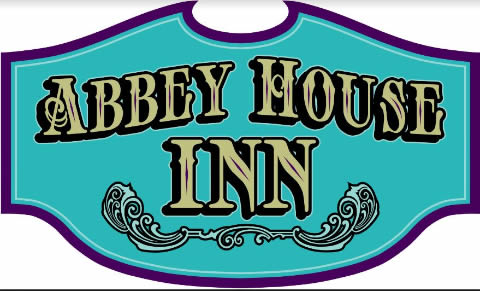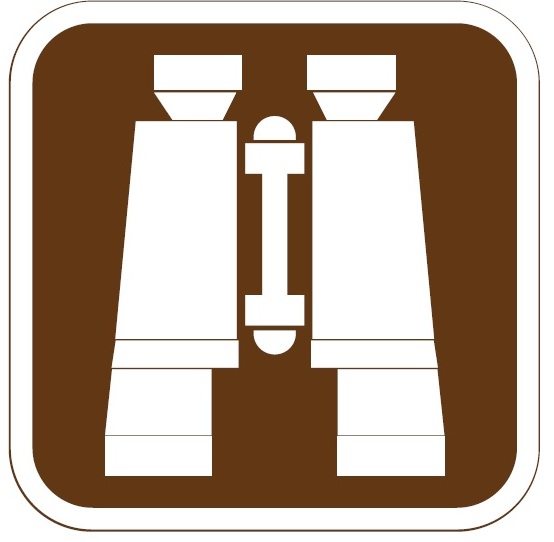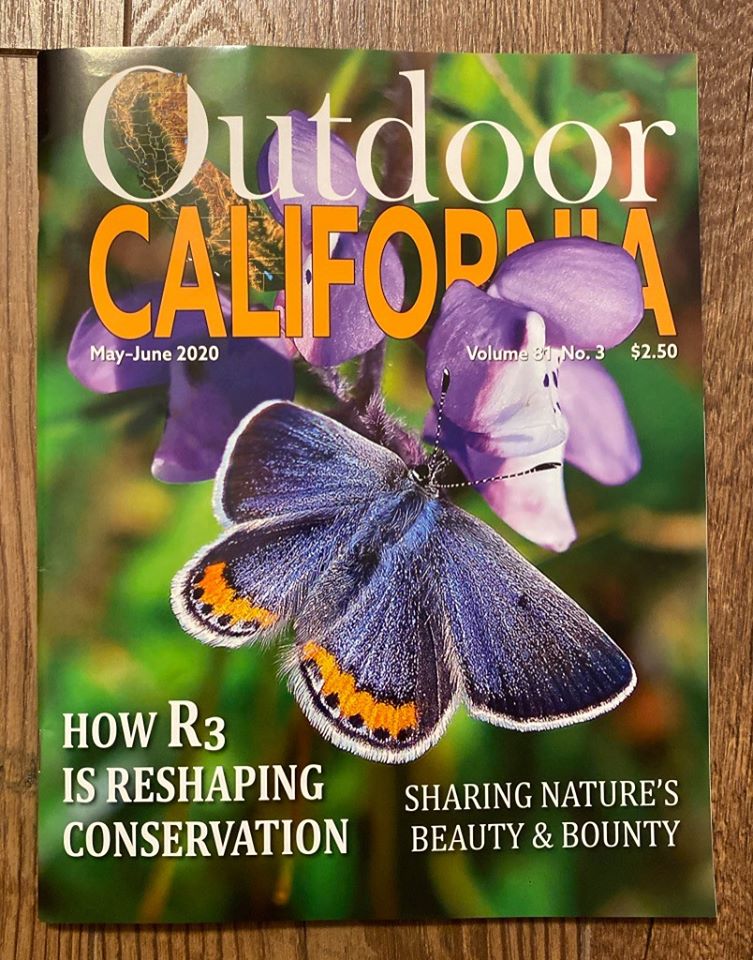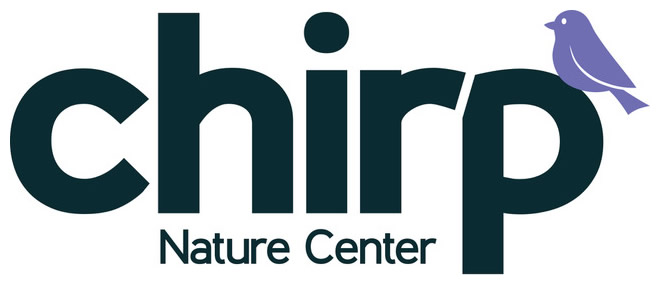|
Channel Islands National Park Site # 51 | |||
| The park islands are the only place in the U.S. where California brown pelicans nest. | |||
 | Premium - the most significant sites, worth visiting if you have limited time. Premium sites have high wildlife values year-round, staff on site, interpretive programs and/or displays, and well-developed facilities. | ||

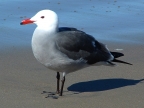




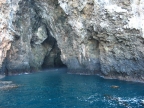
| |||
| Background: | |||
| The National park consists of five rocky, wave-cut islands and the surrounding one nautical mile of marine waters. The islands are crucial rookeries for California sea lions, harbor seals, northern elephant seals, northern fur seals, and threatened Steller sea lions and Guadalupe fur seals. Rugged cliffs and scrub-dominated plateaus provide critical habitat for 60 bird species, including Cassin's auklets, Xantus's murrelets, pigeon guillemots, ashy storm petrels, Brandt's cormorants, and western gulls. The park islands are the only place in the U.S. where California brown pelicans nest. Craggy shorelines include tidepools inhabited by turban snails, tube worms and limpets. The islands offer views of up to twenty species of whales, porpoises, and dolphins, some of which can be seen from the visitor center in Ventura. Many species here, such as island foxes and island scrub-jays (Santa Cruz Island only), differ from their mainland counterparts and are distinct species. | |||
| Santa Rosa and Santa Cruz islands offer some interpretation of previous native Chumash and and family ranching life. There are also lighthouses. | |||
| The Experience: | |||
| The Channel Islands National Park provides habitat for numerous endemic plants and animals that occur nowhere else in the world. The islands are critical to nesting seabirds and to pinnipeds for pupping, breeding, and hauling out. | |||
| Wildlife and Where to Find It: | |||
| From boats and kayaks and by foot trails on islands. Island Packers, one of the park concessionaires, offers whale watching during the year. Please refer to Island Transportation for contact information. Other whale watch operators are located in Santa Barbara, Ventura, and Channel Islands Harbors as well as down in the Los Angeles area. | |||
| Viewing Tips: | |||
| More than 60 breeding bird species. High probability of seeing marine birds year-round, especially in spring. Seals and sea lions are seen year-round. Also watch for humpback and pilot whales, seven dolphin species, small mammals, predators, songbirds, and amphibians year-round. Gray whales and northern elephant seals are seen in winter. Trails, camping, picnic areas on islands, boat tours from Ventura. | |||
| Nearby Viewing Sites: | |||
| Santa Clara River mouth Ventura River mouth Los Padres National Forest Santa Monica National Recreation Area | |||
| Festivals & Events: | |||
| Difficult due to distance, travel time and cost to visit the islands | |||
| Visitor Information: | |||
| Ventura Visitor and Convention Bureau (805) 658-4726 Visit website | |||
| Viewing Site Hours of Operation are: | |||
| Staff On-site: | Yes | ||
| Open: | Everday | ||
| Hours: | 8:30am - 5:00pm | ||
| Year Round: | Yes | ||
| Road Information: | |||
| Road Hazards: | |||
| Parking Fee: No | |||
| Proximity to viewing area: | |||
| Parking Notes: Parking at Ventura Visitor Center only. The islands are only open to the public by passenger boat. | |||
| How to Get There: | |||
| From north of Ventura on Highway 101, take Seaward Avenue exit. Turn left on Harbor Boulevard and turn onto Spinnaker Drive. or, from south of Ventura on Highway 101, take Victoria Avenue exit and turn left. Turn right on Olivas Adobe Road. Take Spinnaker Drive to visitor center. | |||
|
View Larger Map | |||



